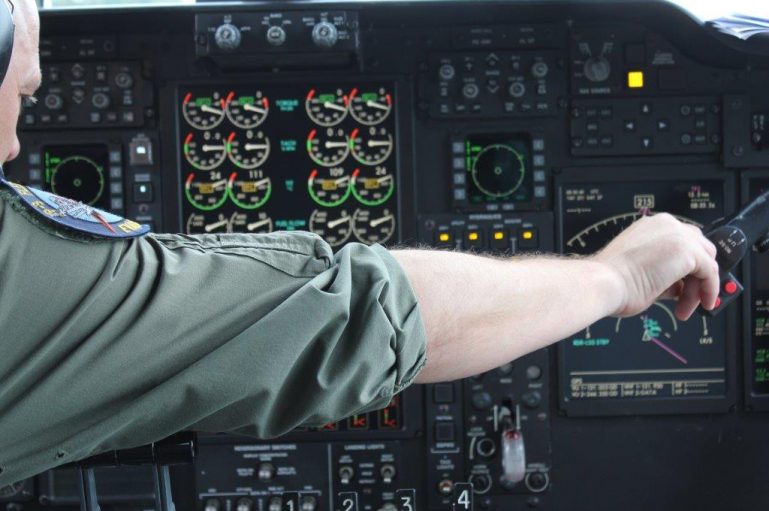I have an interesting application on my phone which allows me to view the exact location of all domestic and international flights around the world at any time during the day or night. The application provides details of a plane’s registration certificate and flight number, departure airport and destination city, departure and estimated arrival times, airspeed, altitude, latitude and longitude settings, make of aircraft and company that owns it, etc. With the amount of time that I spend in airports, this application is helpful in that it gives me information on the inbound flight – I know whether or not it will be on time and the application thus assists me in estimating if I will leave on time. The reason the application can provide all this information is that most commercial aircraft have transponders (transmitters/responders) – in air navigation, a flight transponder is an automated transceiver in an aircraft that emits a coded identifying signal in response to an interrogating received signal; air traffic control secondary surveillance radar (beacon radar) systems use these interrogations to make the plane “more visible” and thus maintain separation between planes. Without this two-way automated “communication”, the air traffic controller’s job would be near impossible, especially along the busy air highways and within the airspace grids of many airports of our world.
The air traffic controller’s job is a leadership function – giving assistance, guidance and instruction to countless pilots on a daily basis, with safety and traffic flow as priorities. Using the “call-sign” of a particular aircraft as identification, communication is ongoing until the aircraft is safely parked in its allotted bay at the terminal building. Similarly in companies, managers and supervisors, in order to accomplish business objectives, need constant communication with employees to focus all appropriately and get energy applied in the right areas. Aware of all employees in the business “grid” and understanding transmitted “signals”, communication should be directed to the following areas:
- “Big picture” information – where we are currently and where we want to be in terms of all the business measures (e.g.: production numbers, turnover, waste, primary distribution turn-around time, quality, accuracy of delivered orders, profit, etc.).
- Feedback – what we are doing well and where we still need to improve. Employees need to know areas of needed improvement and what they can do to assist in attaining continuous improvement.
- Direction – what we need to achieve in relation to key performance area expectations. Performance management is a daily focus on energy and skills applied appropriately.
- Brand value – how we all have a part to play in maintaining our reputation and delivering on our promises. Brand equity is everyone’s responsibility and should be referred to frequently.
- Corporate culture – how we behave and collaborate to achieve targets and goals. Behaviour should be aligned to corporate values and modelled by those in company leadership.
- Development – in which areas we still need to grow. Upskilling the employee complement is essential for continuous growth and staff retention.
Like the air traffic controller’s leadership function, managers need to be in constant communication with all employees. Employee engagement is essential to keep all focused and collaborating appropriately – to achieve this, managers must be able to successfully receive the signals transmitted from the “transponders” of employees.










